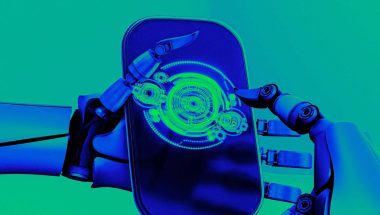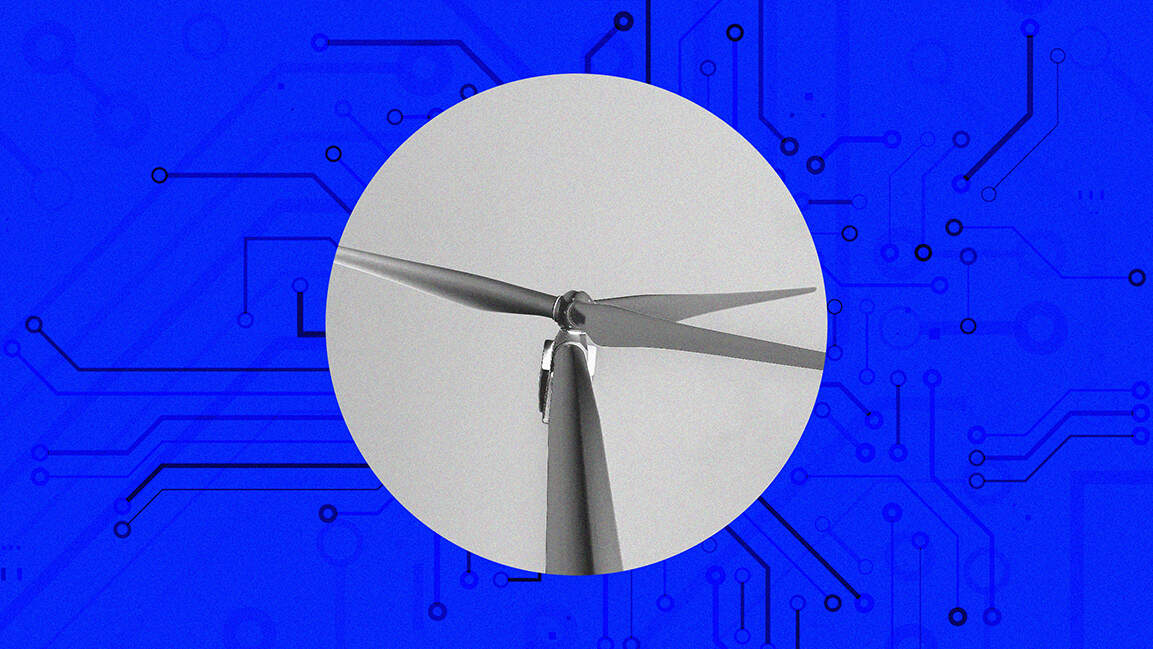- | 9:00 am
The rise of the sidepreneurs
How hourly workers are turning side hustles into success

In today’s evolving workforce, a growing number of individuals are embracing a new identity: the sidepreneur. These are people who, in addition to their traditional jobs, are launching entrepreneurial ventures on the side. They’re not just taking on additional work—they’re creating new opportunities to pursue passions, build wealth, and gain control over their financial futures. From moonlighting chefs to weekend photographers, tech consultants by day, and digital creators by night, sidepreneurs are the embodiment of resilience, adaptability, and entrepreneurial spirit.
The rise of sidepreneurs isn’t just a reaction to economic pressures; it’s a reflection of how modern workers are redefining what it means to have a career. This movement is a natural response to a shifting economic landscape—one where workers are increasingly turning their skills and passions into new revenue streams. For many, this dual-pronged approach offers not only financial security but also a sense of fulfillment and independence.
Who are the sideprepreners?
Kiva’s 2024 U.S. Impact Performance Report revealed that 43% of Kiva borrowers who are U.S. small business owners indicate that their business is a second job or venture. And recent findings from Deputy’s 2024 State of Hourly Work Report reveal that 27% of U.S. hourly workers now hold two or more jobs, with Gen X leading at 33%, followed by millennials, Gen Z, and boomers. Looking at this from both angles it is clear: The sidepreneur movement is real.
This movement reflects a broader, structural change. As financial pressures and the desire for flexibility grow, workers of all ages are embracing a multi-job lifestyle, redefining work norms, and creating a diverse labor landscape. The growth of the sidepreneur movement is supported by the ever-growing gig economy, advances in technology, and an overall shift toward improved mental health and wellbeing. A side business often allows people to blend their passions with professional pursuits, but to succeed they need support.
To succeed, sidepreneurs need access to capital
With unpredictable income and mounting responsibilities, many sidepreneurs struggle to access capital, especially when financial systems remain geared toward traditional credit metrics. Approximately 26 million adults in the U.S. (nearly 10%) are considered “credit invisible,” lacking the credit history to secure traditional financing.
Maria Cortes, founder of Tucson-based, Latina and woman-owned brand Di Luna Candles, is an example of that. In 2020, she turned a hobby into a business, all while she was as an essential worker at a bank. “From the start, my mother taught me to be independent, responsible, and to always have a growth mindset,” she told Kiva. In order to pursue her dreams, Maria needed capital, which is usually challenging to come by for small startups.
This is where Kiva steps in. Kiva’s microlending platform provides vital financial access to sidepreneurs, who often lack traditional banking resources. Maria received a $5,000 zero-percent interest, zero-fee Kiva loan in July 2022. “Being able to get that capital [from Kiva] was the start of it all,” Maria shared. “My first year, I made about $15,000. My second year, after getting the Kiva loan, I grew that total by about 400%. The third year, I grew it about another 190%.”
Maria’s story isn’t just a testament to growth; it’s an illustration of how accessible financing can unlock new pathways to economic opportunity and to power sidepreneurs to succeed. Her story illustrates what Kiva has seen from thousands of borrowers: 83% report improved business success since receiving their loans, and 62% believe Kiva has enhanced their chances of achieving their primary business goals. Additionally, 80% have improved their confidence in managing finances, and 65% report increased revenues.
Maria has since opened a Di Luna Candles + Goods storefront in Tucson and is running her thriving business full-time.
Navigate the challenges of sidepreneurship
While sidepreneurship offers financial opportunities and creative outlets, it’s not without challenges. Modern-day realities of high costs of living, stagnant wages, and limitations such as access to healthcare often create an environment where innovators must turn to sidepreneurship, in lieu of pursuing their business goals full-time.
According to Deputy’s research, nearly 41% of hourly workers live paycheck-to-paycheck, making the balancing act of multiple jobs even more taxing. Sidepreneurs are reshaping the workforce, and businesses need to get ready for this generational shift. Businesses that offer flexibility, supportive work environments, and training will do much better in attracting this emerging sidepreneur workforce.
Embrace the sidepreneur workforce
The rise of sidepreneurs signals a profound shift in the workforce—one that forward-thinking leaders cannot afford to ignore. These part-time innovators embody resilience, adaptability, and untapped potential, offering businesses a unique opportunity to engage a motivated, entrepreneurial talent pool. By investing in tools, resources, and policies that empower sidepreneurs—whether through flexible work arrangements, financial access, or professional development—businesses can fuel this growing movement and reap the rewards of a more diverse and dynamic workforce. Businesses can foster an economy where part-time entrepreneurs can grow into full-time business owners. Supporting sidepreneurs isn’t just good for workers; it’s a strategic advantage for businesses looking to thrive in the future economy.
Vishal Ghotge is CEO of Kiva. Silvija Martincevic is CEO of Deputy and board member of Kiva.






































